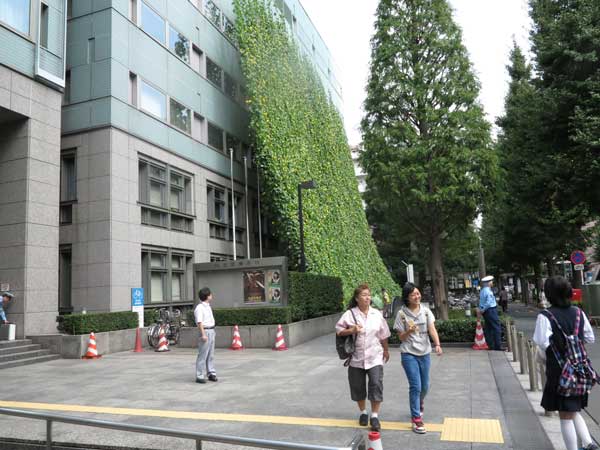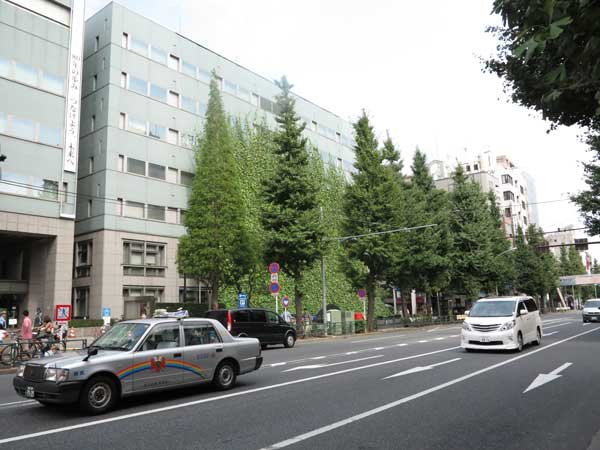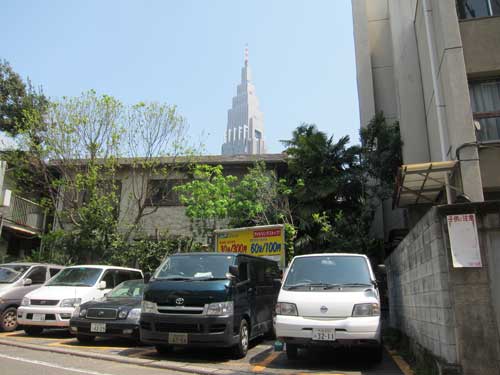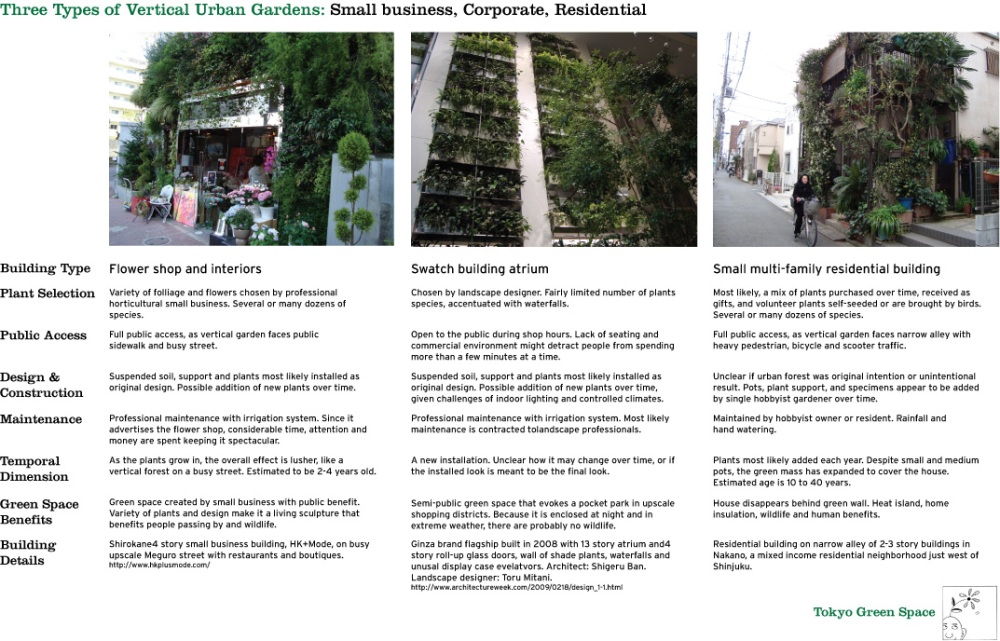
Newsweek Japan published my article about how Tokyo gardening turns public space into social space. The Tokyo Eye column allows Japanese to see how foreigners view and experience Tokyo, and I was asked to write in a very personal voice about how I experience living in Tokyo and why green space matters. I will post an English version soon.
東京の小さな緑を世界に誇れ
ジャレド・ブレイタマン
08年に仕事で初めて東京を訪れたとき、驚くと同時に感心させられたのは、この都市が実に人間的で、人と植物が共生する通りは活気に満ちあふれていたということだ。
多くの外国人と同じく私が東京に抱いていたイメージは、冷たく立ち並ぶ高層ビルと、渋谷のスクランブル交差点の雑踏、輝く広告のネオンだった。つまり、自然から完全に隔離された世界最大の都市を想像していたわけだ。
私自身これまでずっとガーデニングには深い愛情を注いできたが、東京の住民たちの植物を育てる情熱と創意工夫には今も驚かされる。そして、人間と建物がひしめき合う大都会で人と人を結び付けるコミュニティーが存在するという点にも。
ある日、初心者向けの陶芸教室を訪れた後、狭い歩道のアスファルトの割れ目から美しいパンジーが生えているのを見つけた。
東京ではほんの小さなスペースにも住民が気を配り、「緑の息吹」が宿っている。この印象がきっかけとなり、私はサンフランシスコから東京に移り住む決心をする。私は幸運にも日立と米外交問題評議会(CFR)が提携するフェローシッププログラムの奨学金を得て、デザイン人類学と都市生態学を融合させた「東京の小さな緑」の研究を始めることになった。
東京はアメリカやヨーロッパの都市とは異なり「小さな緑」にあふれていながら、日本人自身にはそのユニークな特徴に気付いていない。道端のパンジーがそれを気付かせてくれた。そこで私は、以下のような問いを掲げてみた。
1.なぜ東京の人々は自分の周りの環境にそれほど気を配るのか。
2.建物が密集する都市部で、自然はどのような役割を果たすのか。
3.東京のガーデニング文化から他の都市は何を学べるのか。
。。。
Newsweek Japan の全記事を読んで下さい!








